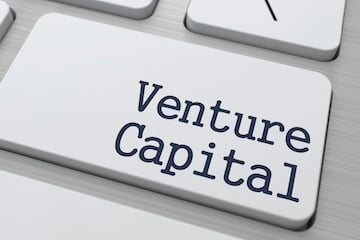Charts: Global Digital Home Trends Q4 2024

Forty-four percent of global household respondents are willing to pay more for a single platform that aggregates all their TV and internet content, 35% are willing to pay to watch sports, and 32% would pay a premium to watch TV without ads.
That’s according to EY’s “Decoding the Digital Home” October 2024 report based on an online survey conducted in July and August.
The survey, carried out for EY’s global technology, media and entertainment, and telecommunications team, gathered responses from 20,000 households across Canada, France, Germany, Italy, South Korea, Spain, Sweden, Switzerland, the U.K., and the U.S.
–
According to the EY study, 38% of households in 2022 were concerned about encountering harmful content online. That grew to 44% of households in 2023 and 47% in 2024.
–
In addition, the proportion of households in all 10 countries that prefer services from a single provider increased from 2023 to 2024 — the global average rose from 40% to 44%.
–
Moreover, most households think connectivity and content providers should offer clearer explanations of how they use AI in customer interactions.









